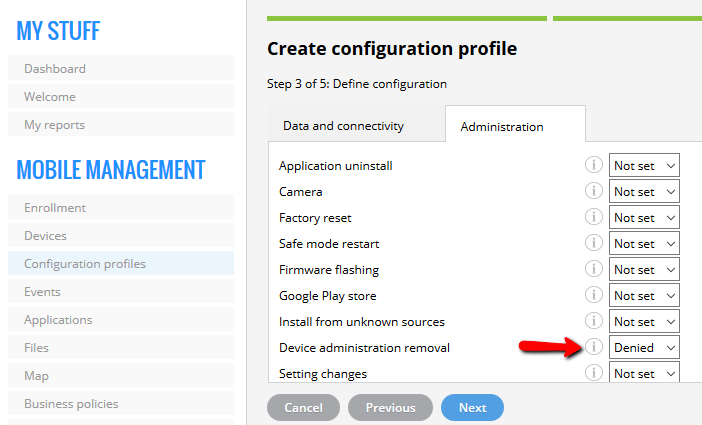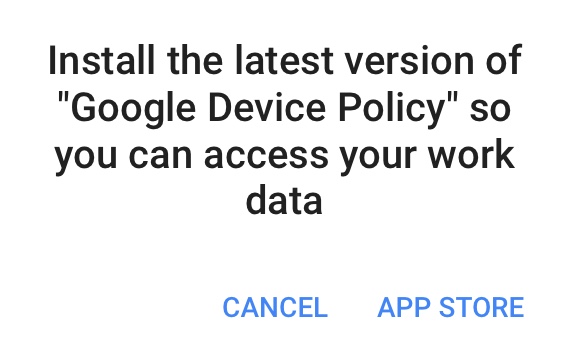

Download the IntuneWinAppUtil.exe from Ģ.Copy ccmsetup.exe from your SCCM site or any windows client that has sccm client installed to your local drive (C:\temp\sccmclient). We all know that,sccm client can be uninstalled with ccmsetup.exe /uninstall and we will use win32 content tool to prepare package and deploy using Intune.ġ. How to uninstall SCCM agent on these Azure AD joined devices (ONLY) using Intune ? Should we move slider to Intune ? Not at the moment for customer as the co-management is still in evaluation phase hence the only option for us to move forward is to uninstall Configmgr client on all Azure AD joined devices using intuneĪfter the SCCM agent is removed from these AAD joined devices ,intune will manage these devices for all device management capabilities such as apps deployment ,compliance,device configuration ,patching etc. The most preferred method is to move the compliance policies to Intune. I tried 2nd option to create device compliance policy in SCCM however i cannot find all compliance settings that are available in Intune. In order to fix this gap, we have two optionsġ) Move the workloads for compliance policies to intuneĢ) Create device compliance policies in Configmgr. If you have any conditional access policies with grant control is set to require compliant or hybrid azure AD join ,these devices will always be compliant unless you have any compliance policies created in SCCM. When the devices are co-managed ,the compliance policies by default are handed over to ConfigMgr unless you move the workload 'compliance policies' to Intune.Īt this point of time ,the compliance is always taken care by SCCM and not intune device compliance policies due to the workloads. One thing which was lately noticed was that ,all these Azure AD joined devices have turned to co-managed devices because of SCCM agent+Intune enrolled. It is just extending the SCCM operations from on-prem to cloud connected devices.

While doing autopilot one of the task is installation of SCCM client on these Azure AD joined devices through intune ,so that ,they can manage patching ,apps deployments through SCCM.


For more information about win32 content prep tool ,please refer here.Ĭustomer had SCCM+CMG ,co-management and Autopilot setup. After you use this tool on your apps, you will be able to upload and assign the apps in the Microsoft Intune console. The packaging tool also detects the parameters required by Intune to determine the application installation state. The packaging tool converts application installation files into the. Microsoft Win32 Content Prep Tool to pre-process Windows Classic apps. įor more information about Intune Standalone - Win32 app management read here. Intune-only customers can now leverage management capabilities for their Win32 line-of-business (LOB) apps. About an year ago (Sep 2018),Microsoft announced the support for Win32 app management capabilities using Intune.


 0 kommentar(er)
0 kommentar(er)
